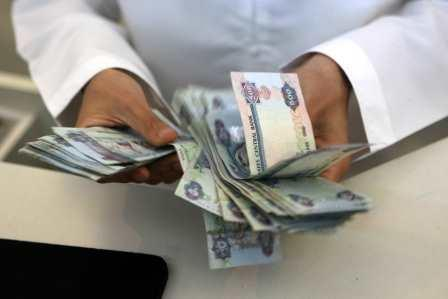
Dubai: Bank customers can expect an increase in lending rates across the product lines in the UAE and other GCC countries following the latest increase in policy rates.
This could imply higher interests on products ranging from personal loans, corporates loans, mortgages, and credit card debts.
Although banks have some flexibility in pricing individual loan products depending on factors such as their liquidity, competitive pressures and asset — liability positions based on historical pricing of deposits, cost of borrowings in general will edge up.
ALSO READ:
UAE follows US in raising interest rate
Four Gulf central banks hike rates, others may follow
Fed raises rates as job, inflation data stoke confidence
Higher interest rates are not all that bad for banks
While higher borrowing costs are likely to make its way through to corporates and consumers through higher interbank rates, it need not be all that bad for the banks.
“Cost of borrowings for the banks will go up, however given high level of current account deposits in the system, bank’s borrowing needs are less and therefore the absolute increase in their borrowing cost will be lower than the income they will generate on lending at higher rates to the customers. So overall, increase in US rates will be positive for the local banks,” said Anita Yadav, Senior Director — Global Markets & Treasury, Head of Fixed Income Research at Emirates NBD.
For borrowers, it will become important to differentiate between existing customers and new borrowers, variable and fixed rates.
“An existing borrower with a fixed rate will see no impact whereas one with a variable rate will see the cost of servicing the financing going up by the rate increase. All new borrowers will see the cost of servicing the financing go up too,” said Abbas Basrai, Partner — Financial Services, KPMG Lower Gulf.
A majority of the UAE banks have their own standard variable rate which they use to price a new transaction. The Fed rate hikes, which result in the local central banks raising their rates, obviously have an impact on the standard variable rate.












